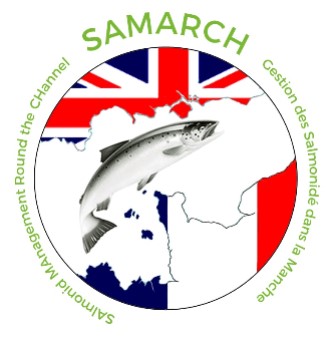You are here
New study of the importance of small coastal streams for sea trout in southwest England
This southwest of England is characterized by many small coastal streams with a few larger river catchments. Nonetheless, despite their small size, many of these streams are home to genetically distinct populations of trout/sea trout. At a regional level, genetic structuring of contemporary trout populations in the region has been influenced by a combination of events, including the last Ice Age and also more recent human activities over the last millennium. All populations are shown to have gone through strong genetic bottlenecks, coinciding with increased exploitation of mineral resources within catchments, beginning during the Medieval period. At more local levels, contemporary human‐induced habitat fragmentation, such as weir and culvert construction, has disproportionally affected trout populations in the smaller catchments within the study area. However, where small catchments are relatively unaffected by such activities, they can host trout populations with diversity levels comparable to those found in larger rivers in the region. We also predict significant future loses of diversity and heterozygosity in the trout populations inhabiting small, isolated catchments. Our study highlights how multiple factors, especially the activity of humans, have and continue to affect the levels and structuring of genetic diversity in trout over long timescales.
This work was funded through the Channel-Manche EU INTERREG programme; the full paper is published in the open access journal Ecology and Evolution.


- 2161 reads
The University of Exeter, The Queen's Drive, Exeter, Devon, UK EX4 4QJ
Copyright and Disclaimer


